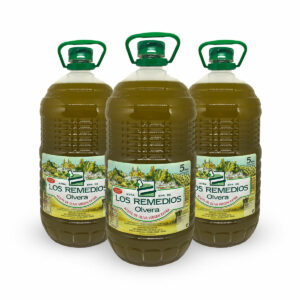ACEITUNA SOAPY, REPILO AND OLIVE TREE FLY
September: finally the temperature drops and the first drops of water as needed for the field in general and in particular olive. But these long-awaited and beneficial circumstances for the olive tree also have their negative part, which is that they favor the development of pests and diseases that are controlled during the dry and hot summer weather, among the latter we find the repilo and the soapy olive or anthracnose.
THE SOAPY OLIVE
It is a fungus that mainly attacks the fruit, although on some occasions it can also appear on leaves, wood and shoots. The invasion usually occurs around the month of September. The first symptoms are manifested by an oily ocher spot around the point of entry of the infection, which can occur in fruits that are still green or when they change color and near maturity, depending on the variety. This is a typical damage of rainy years, since the fungus to develop needs a relative humidity higher than the 90 % and a temperature around 25º C
The germination of the fungus is very fast and can complete its cycle in a maximum of 10 days. Winters in the fallen fruits, causing reinfections the following year when optimal conditions occur. The caused stains secrete a yellowish gelatinous substance initially and brown later. The attacked parts are corked and the fruit is mummified, spoiling the skin. As a consequence, yield drops significantly and the oil produced from these fruits reaches a very high acidity..
Cupric products give good results. Bordeaux mixture or copper oxychloride, adding wetting agent if the product does not have it, are the most used. In identified stands where the disease is recurrent, it can be treated with trifloxystrobin (Flint). Treatments are preventive: when damage is expected, a treatment should be done in September (combined with some other for fly, repilo, etc.) and repeat later if there is rain or it is an endemic area.
THE REPILO
It is a disease produced by a fungus and is considered the most widespread olive mycosis in all olive-growing countries.. The most important consequence is the intense defoliation of the trees, with the consequent weakening and reduction of productivity. The most characteristic symptom is the appearance on the upper surface of the leaf of circular spots of variable size and striking coloration..
The fungus survives in unfavorable periods for its development in the fallen leaves and in the affected leaves that remain on the tree., the disease being able to spread throughout the year, but the most frequent periods of infection are from September to November and from February to April.
Cultural Measures: Given the great impact that high humidity and free water have on the development of the disease, cultural measures that favor aeration and reduce condensation are recommended, how are the prunings that avoid dense and crowded crowns
Chemical Fight: The optimal treatment times correspond to the two classic periods of late summer or early autumn and late winter. (coinciding with the soapy olive treatment). In sensitive varieties or endemic areas, with infections of repilo in high summer (more than 30-40% of infected leaves), It is necessary to treat before the rains of late summer or early autumn and repeat this treatment the following spring.
MOSCA DEL OLIVO
During the last days of August, the first aerial treatment against the olive fly was carried out this year., as this was advised by the levels observed in the traps located in the field and the percentage of chopped olives seen in the previous days.
The treatment started a few days behind schedule due to the strong east wind that blew, but then it was completed without further interruptions.
In view of the samplings carried out after the treatment, the result has been good already, that the incidence levels of the pest have decreased and there are very few chopped olives, no live bite has also been observed. The hot days in early September have also contributed positively to this., that have enhanced the effect of the treatment.






